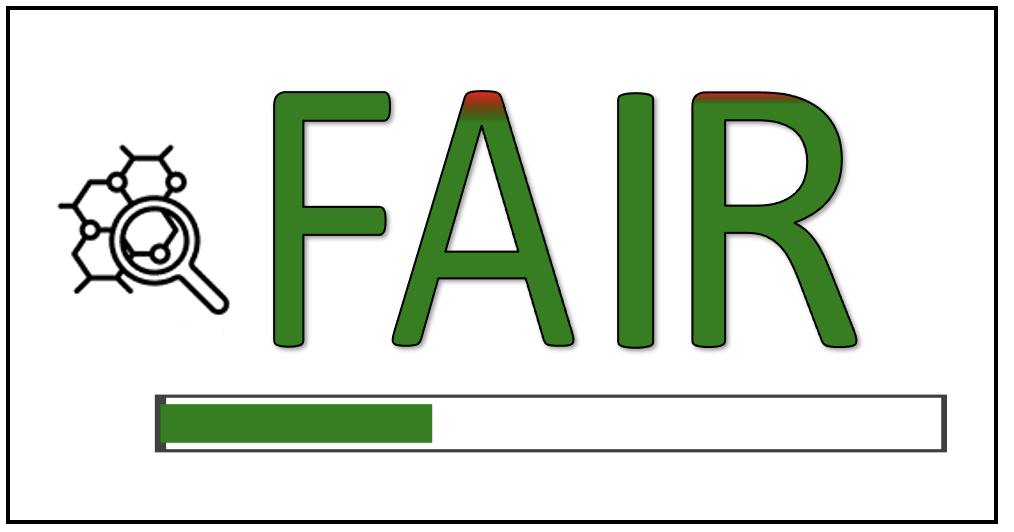Course Overview
The course aims to provide an introduction to the field of bioinformatics, with a focus on important bioinformatics tools, and resources. The course aims to use a combination of theoretical and practical sessions in order for participants to gain practical experience in using various tools and resources.
The course aims to provide an introduction to the field of bioinformatics, with a focus on important bioinformatics tools, and resources. The course aims to use a combination of theoretical and practical sessions in order for participants to gain practical experience in using various tools and resources.
Intended Audience
The course is aimed at individuals from a molecular biology background who have a basic understanding of biochemistry and/or genetics and would like to become bioinformatics users. For an explanation on who 'bioinformatics users' might be, see Figure 2 in http://journals.plos.org/ploscompbiol/article?id=10.1371/journal.pcbi.1003496 . A baseline level of the understanding of the central dogma of biology (DNA -> RNA -> Protein) is a requirement.
The course is aimed at individuals from a molecular biology background who have a basic understanding of biochemistry and/or genetics and would like to become bioinformatics users. For an explanation on who 'bioinformatics users' might be, see Figure 2 in http://journals.plos.org/ploscompbiol/article?id=10.1371/journal.pcbi.1003496 . A baseline level of the understanding of the central dogma of biology (DNA -> RNA -> Protein) is a requirement.
Keywords: Genetics, Genomics, Nucleic acids analysis
Skill level of training:
Beginner
Language: English
Credential awarded: Letter of completion/attendance
Type of training: Blended/hybrid learning
Venue of the course: Local classrooms ( usually ~50 physical/online sites across Africa).
Dates for the course:
16 April - 30 July 2024. Every Tuesday and Thursday from 10:30 CAT to 14:30 CAT
Course organisers: Sindiswa Lukhele, Tshinakaho Malesa, Shaun Aron, Sumir Panji, Verena Ras, Nicola Mulder and local classrooms across Africa
Participation: The course is available to any classroom who meets the requirements and to any participant who is able to attend a physical/online classroom, provided they have been selected via the selection process. Should a classroom decide to host a face-to-face classroom, the participant must be able to attend this classroom in person for the duration of the course.
Notification of success will be sent to successful applicants.
Course Sponsors: H3ABioNet
Local Classrooms
Course objectives
After this workshop participants should be able to:
- Explain the use of bioinformatics
- Name the key bioinformatics techniques and tools
- Locate important biological databases and retrieve data
- Use selected tools effectively to run specific bioinformatics analyses
- Understand the strengths and limitations of the various techniques
Classroom applications
Registration for classrooms opens:
Friday 19/01/2024
Registration for classrooms closes:
Tuesday 06/02/2024
Notification date for successful classrooms:
Friday 08/03/2024
Maximum number of participants that may be accepted per classroom will be
capped at
40
Participant applications
Registration for participants opens:
Tuesday 12/03/2024
Registration for participants closes:
Thursday 28/03/2024
Participant registration link:
https://redcap.h3abionet.org/redcap/surveys/?s=MEW97WC7R4NWYMLY
Notification date for successful participants:
Thursday 01/01/1970
Syllabus and Tools
The course curriculum will cover the following main themes (subject to slight changes):
- Bioinformatics resources and databases
- Introduction to bioinformatics, biological databases and resources (NCBI and EBI), data formats, ontologies
- Linux
- Introduction to Linux, general overview of Linux environment, overview of command line interface, navigating Linux directory structure, manipulating files and directories, basic Linux commands
- Sequence alignment theory and applications
- Introduction to searching and sequence alignment, BLAST, pairwise sequence alignment
- Multiple sequence alignment (MSA)
- MSA theory, generating and interpreting MSAs using various tools, visualising and assessing MSA quality
- Genomics
- Overview of sequencing and annotation, Ensembl genome browser, Genetic variation, HapMap, 1000 genomes
- Molecular evolution and phylogenetics
- Molecular evolution, phylogenetic approaches and methods (Introduction and overview of methods)
**All modules make use of predominantly web-based tools such as NCBI, Ensembl, etc.
Prerequisites
A basic background/understanding of biochemistry and/or genetics
Course limitations
This workshop will only provide a foundation for continued learning in bioinformatics and will not teach any advanced coding.
For more information, please visit
Training material availability
Training materials for this workshop will be linked here as soon as they are available. Should you re-use any of these materials, please ensure that both the author/s of the material AND H3ABioNet are clearly credited.





